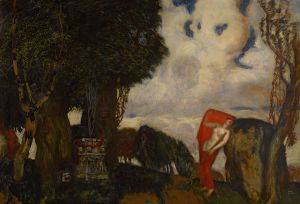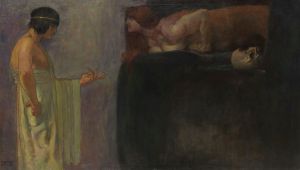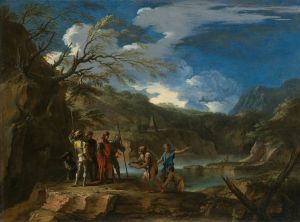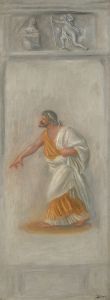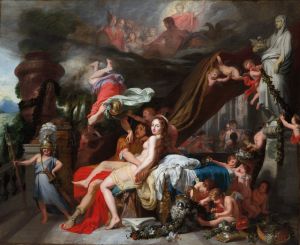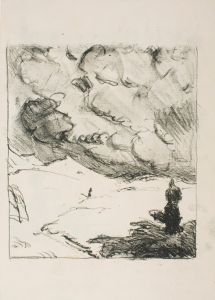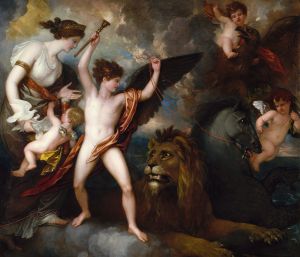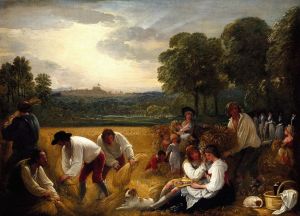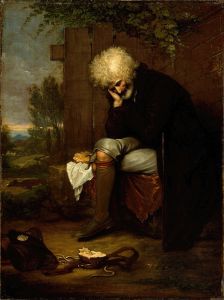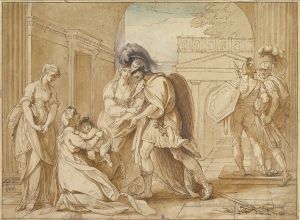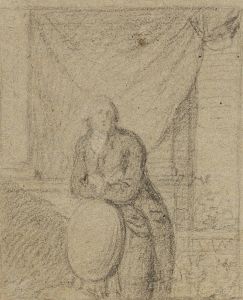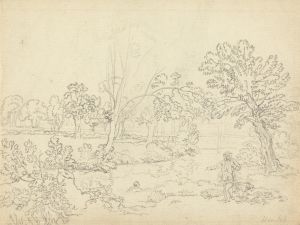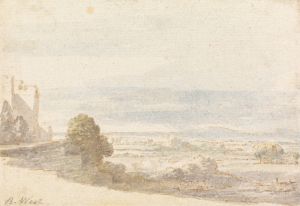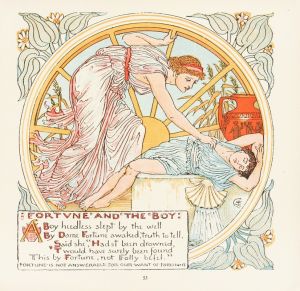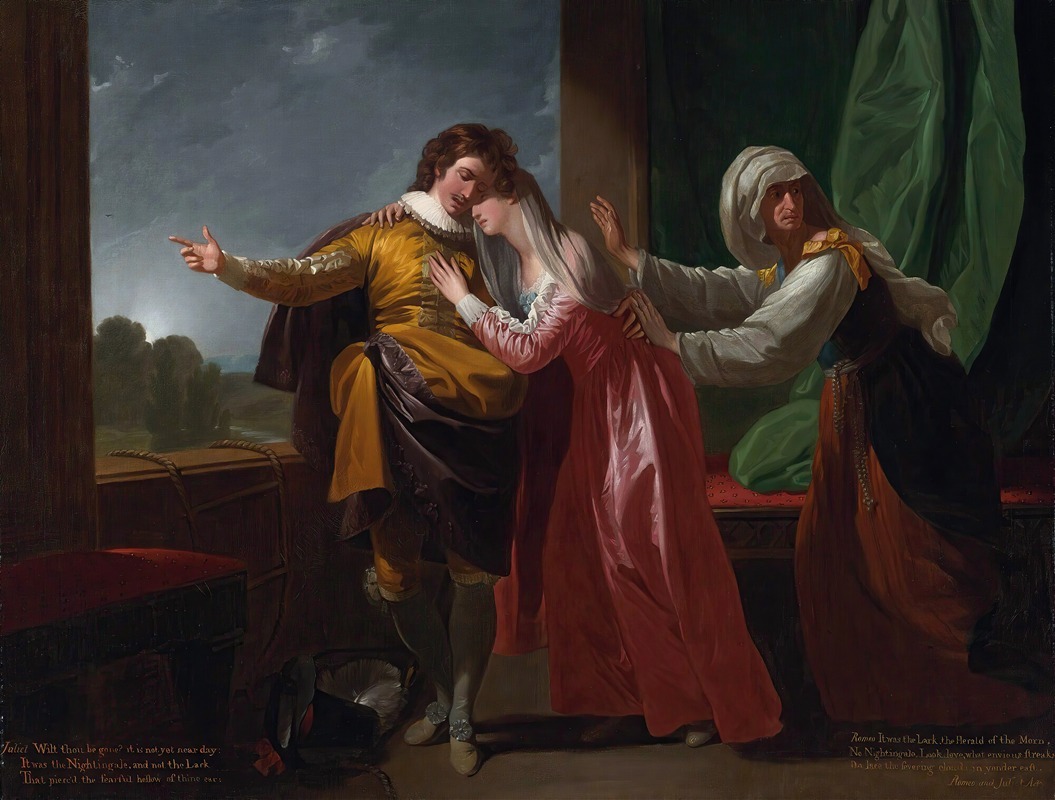
Romeo and Juliet
A hand-painted replica of Benjamin West’s masterpiece Romeo and Juliet, meticulously crafted by professional artists to capture the true essence of the original. Each piece is created with museum-quality canvas and rare mineral pigments, carefully painted by experienced artists with delicate brushstrokes and rich, layered colors to perfectly recreate the texture of the original artwork. Unlike machine-printed reproductions, this hand-painted version brings the painting to life, infused with the artist’s emotions and skill in every stroke. Whether for personal collection or home decoration, it instantly elevates the artistic atmosphere of any space.
Benjamin West's painting "Romeo and Juliet" is an artistic interpretation of the iconic characters from William Shakespeare's tragic play. West, an American-born artist who spent much of his career in England, was a prominent figure in the art world during the late 18th and early 19th centuries. He is best known for his historical and religious paintings, but he also explored literary themes, as evidenced by his work on "Romeo and Juliet."
The painting captures a moment from Shakespeare's play, which tells the story of two young lovers from feuding families in Verona, Italy. West's depiction is likely to focus on the emotional intensity and drama that characterize the play, although specific details about the composition and style of this particular painting are not widely documented. West was known for his ability to convey emotion and narrative through his use of color, composition, and expression, which would have been well-suited to the tragic and romantic themes of "Romeo and Juliet."
West's work was influenced by the neoclassical style, which emphasized clarity, order, and balance, drawing inspiration from classical art and literature. This influence may be reflected in his portrayal of "Romeo and Juliet," where he would have aimed to capture the timeless and universal themes of love and conflict. His training and experience in Europe, particularly in Italy, would have provided him with a rich background in classical art, which he could draw upon to enhance his interpretation of Shakespeare's characters.
As with many of West's paintings, "Romeo and Juliet" would have been created with an eye for detail and a focus on the human form. His ability to depict the subtleties of human emotion and interaction would have been crucial in bringing the story of Romeo and Juliet to life on canvas. West's reputation as a skilled portraitist and his understanding of anatomy would have contributed to the realism and expressiveness of the figures in the painting.
While specific information about the painting's current location or its exhibition history is not readily available, Benjamin West's "Romeo and Juliet" remains a testament to his ability to translate literary themes into visual art. His work continues to be studied and appreciated for its contribution to the development of American and British art during a period of significant cultural and artistic change.
In summary, Benjamin West's "Romeo and Juliet" is an artistic exploration of one of Shakespeare's most famous plays, reflecting the artist's skill in capturing emotion and narrative through his neoclassical style. Although detailed information about the painting itself is limited, West's broader body of work provides insight into his approach to depicting literary subjects.





